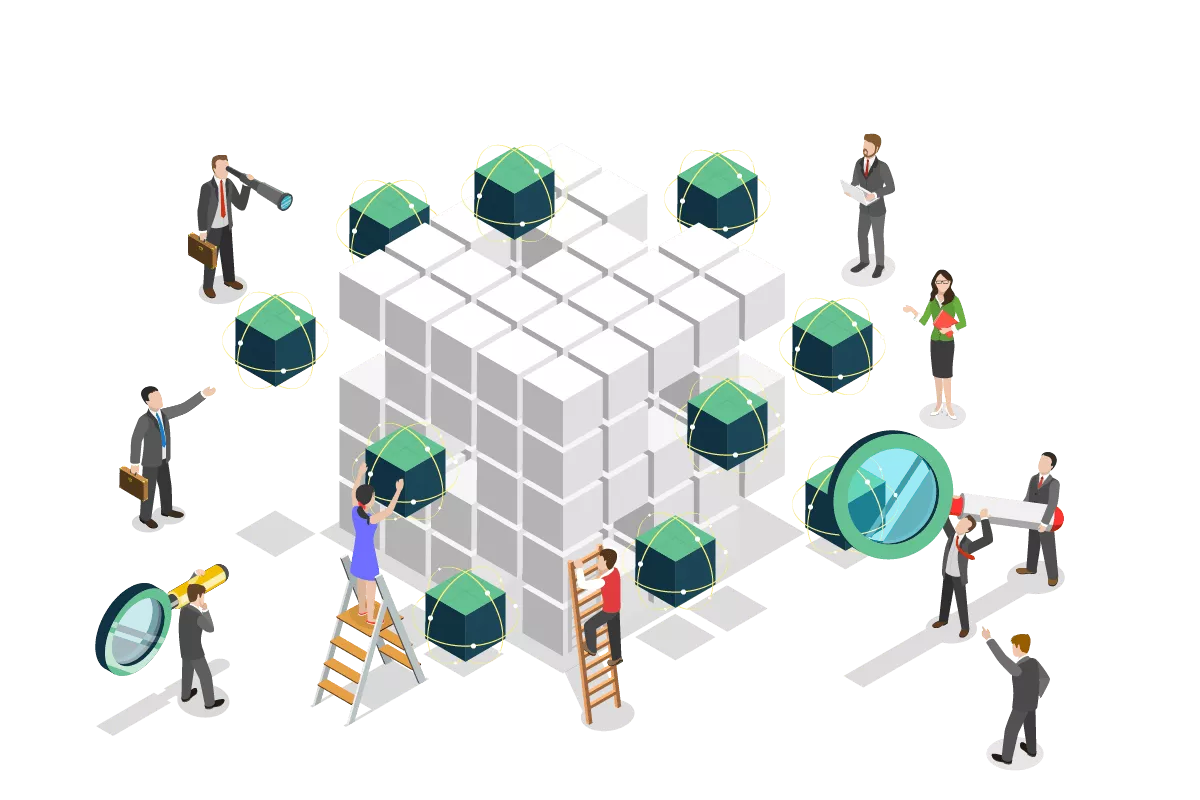Align Systems
From defining the capabilities in Step 1, this is where we will explore if the current systems support the capabilities or not. This can be broken into 3 categories:
1. The system does not exist within the organization today
2. The current system will not provide the needed data/integration/services to support this capability within the organization
3. The current system is in place today but needs some minor configuration changes to enable the features.
Further exploration will be needed to discuss trends, best practices, as well as if this project should be done in house or hosted to a cloud provider.
Identify the Impacts
In order to prepare for change and bringing new capabilities to your organization, we will need to understand the impacts to people, process and technology. Identifying the impacts to IT resources, department resources, process changes, and technology that may be needed to support the capability is explored here. This is where we will identify what the next steps are as well as form a plan to make it happen.
Send your Findings
This is the final step of phase 1, step 2, sending your findings. IT will be able to start working on organizing the detailed discussions to explore them further.


